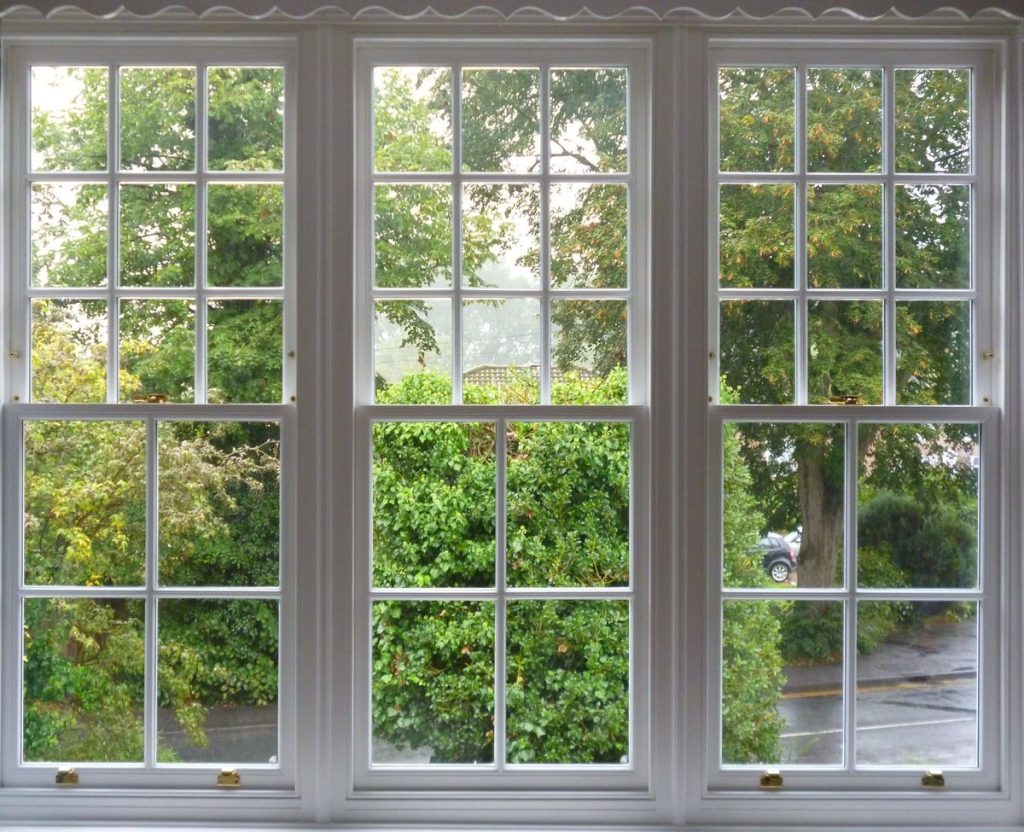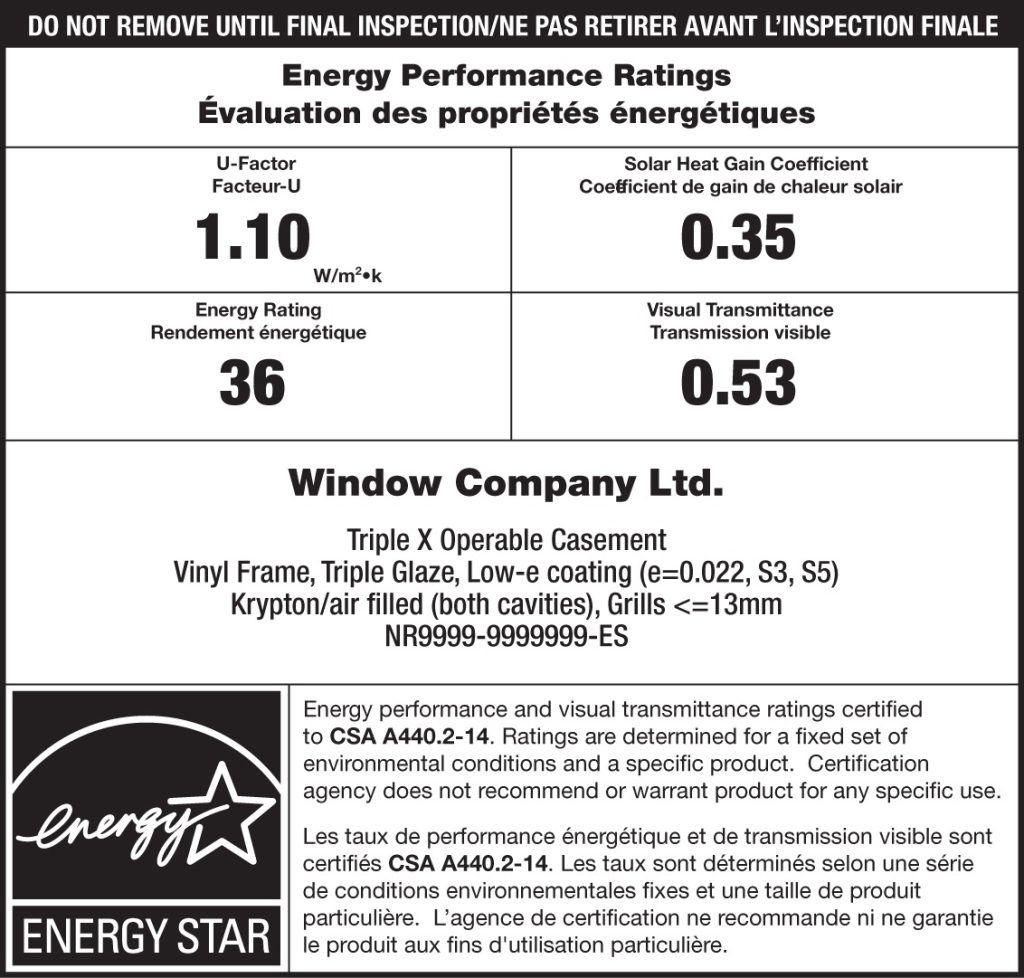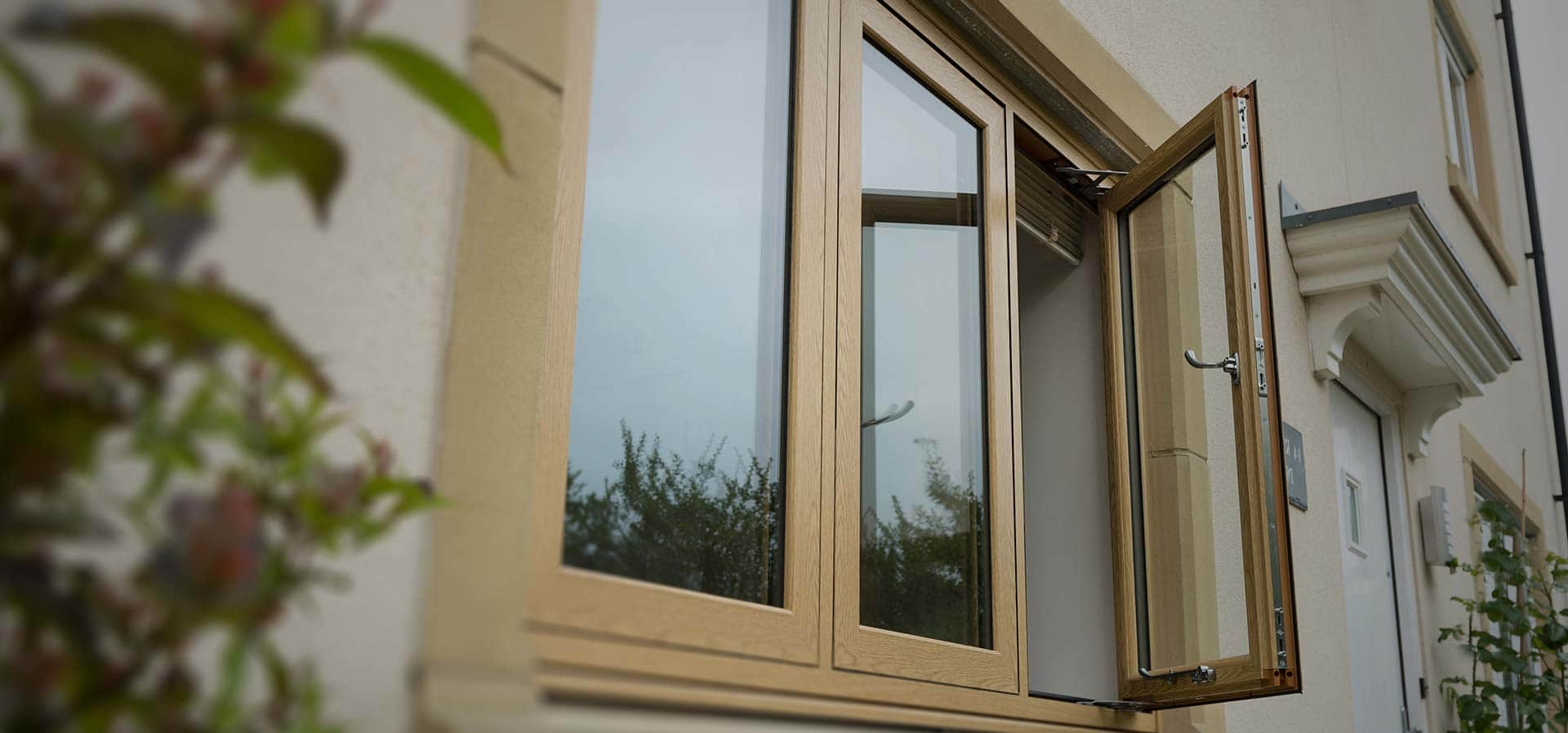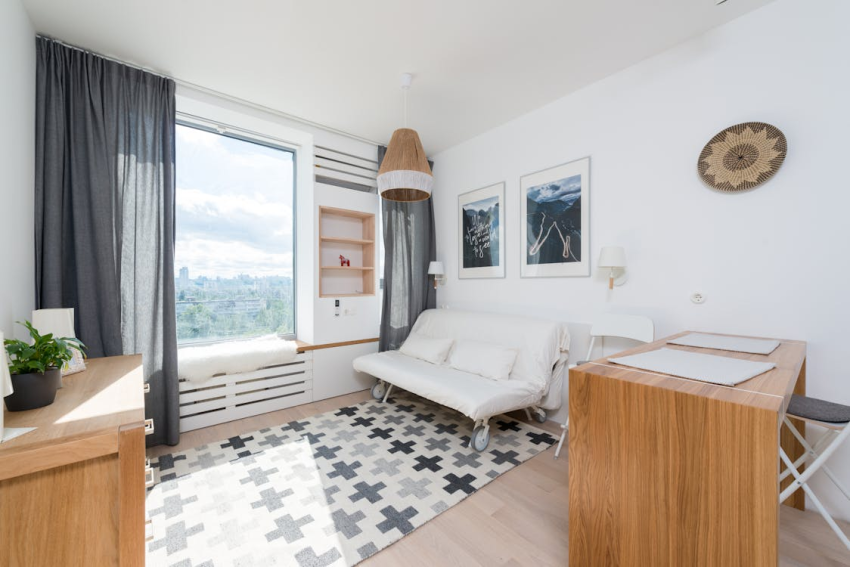When choosing windows for a new build or renovation, large inoperable designs often top the wish list. Homeowners may ask for a “picture window” to frame a view, only to hear other terms like “fixed” or “direct-set” from their builder or supplier. While they might sound interchangeable, these terms describe different construction methods with real implications for sightlines, strength, and cost.
Understanding the distinctions between picture, fixed, and direct-set windows helps ensure your final design looks intentional, performs well, and fits your budget.
Understanding the Terminology
At a basic level, all three options refer to windows that do not open. The difference lies in how the glass is mounted and how the frame is built. According to Natural Resources Canada, residential windows are first divided into operable and non-operable (fixed), so understanding that category is the starting point before comparing picture, fixed, and direct-set designs.
- Fixed window: The broad category for any window that’s permanently sealed and inoperable.
- Picture window: A type of fixed window designed primarily to showcase a view. It typically features a large glass area and a slim frame to maximize visibility.
- Direct-set (or direct-glazed) window: The glass unit is installed directly into the frame or wall opening without a sash. The frame is thinner, with minimal structure around the glass.
- Sash-set (or in-sash) window: The glass is sealed within its own sash frame at the factory, and that complete unit is then installed into the wall opening. This approach mirrors how operable windows are made.
While “picture” and “fixed” describe function, “direct-set” and “sash-set” describe how the glass is built and installed.
Why These Differences Matter

The choice between a direct-set and a sash-set window affects both how your home looks and how it performs.
- Sightlines and design style: Direct-set windows have extremely narrow frames, offering the largest possible glass area and the clean, contemporary lines often found in modern architecture. A sash-set window, by contrast, has a thicker profile because the sash adds depth. The Whole Building Design Guide notes that frame design, glazing method, and sightline thickness all influence both appearance and long-term performance, which is why this distinction matters in real projects.
- Aesthetic consistency: If your fixed window is grouped with casement or double-hung units, a sash-set model will match the frame dimensions and maintain a uniform look. Direct-set units are better suited for standalone designs, like full-height feature windows or “walls of glass,” where uninterrupted views are the priority.
- Cost considerations: Because direct-set windows use fewer materials and components, they tend to cost less per square foot. Sash-set units are slightly more expensive but offer easier replacement and a more cohesive appearance when combined with other window types. As the Rutgers University green building manual points out, non-operable (fixed) units are typically cheaper than operable assemblies, so choosing a direct-set or other fixed configuration is a legitimate cost-control strategy.
- Structural and weather performance: Both types can perform to the same standards when properly installed. A sash-set window is a self-contained, factory-assembled unit, while a direct-set relies heavily on careful on-site sealing and flashing to ensure long-term weather resistance.
Comparing Direct-Set and Sash-Set Fixed Windows
| Parameter | Direct-Set Fixed Window | Sash-Set Fixed Window |
| Frame & Sightline | Thinnest frame, maximum glass area | Thicker frame, matches operable windows |
| Aesthetic Style | Modern, minimalist | Traditional, consistent |
| Best Use Case | Standalone picture or feature window | Grouped with casement or double-hung units |
| Material Cost | Lower | Higher |
| Installation | Requires precision sealing | Simpler, self-contained assembly |
Choosing the Right Type for Your Project

The best option depends on your design intent and the window’s placement.
- For a modern, open look: Select a direct-set window when the goal is to highlight the view. These are ideal for large expanses of glass in living rooms, stairwells, or contemporary facades where frame visibility should be minimal.
- For coordinated groupings: Choose a sash-set fixed window when combining it with operable units. Matching frame dimensions give the exterior and interior a balanced, intentional look, especially on symmetrical elevations.
- For energy performance: Both types can use the same high-performance glass, coatings, and insulating spacers. The difference is primarily visual, not thermal, as long as the installation is airtight and flashed correctly.
Common Mistakes to Avoid
- Mixing frame types on the same wall. A direct-set beside a sash-set window will have noticeably different frame widths, breaking visual symmetry.
- Overlooking installation quality. A direct-set window’s seal is only as good as the installer’s technique. Proper flashing and caulking are essential for long-term performance.
- Choosing purely by price. While a direct-set unit is usually cheaper, the mismatch in style or replacement difficulty can outweigh the savings.
- Assuming one type fits all designs. Modern homes often use both: direct-set for feature glazing and sash-set for uniform groupings.
Strength and Replacement Considerations
Both direct-set and sash-set designs meet stringent wind-load and structural standards. The main practical difference appears when repairs are needed.
If the glass seal in a sash-set unit fails, the sash can often be replaced as a single component. In a direct-set window, replacing the glass involves cutting it from the sealant and reinstalling a new unit in place, which is more labor-intensive. For that reason, homeowners in areas with extreme weather may prefer sash-set models for easier future maintenance.
Standards and Quality Assurance

No matter which construction you choose, look for windows that meet recognized industry standards for air-tightness, water resistance, and structural integrity. International and national organizations set rigorous testing requirements to ensure performance and durability. Certified windows have been verified to resist pressure changes, moisture intrusion, and long-term wear.
Frequently Asked Questions (FAQ)
1. What should I consider with picture vs. fixed vs. direct-set?
The main consideration is aesthetic. Do you want the thinnest possible frame (direct-set), or do you need a frame that matches the thickness of your other operable windows (sash-set)?
2. How do I choose the best option?
For a standalone “wall of glass,” choose direct-set for a modern look and maximum view. To group a fixed window with casements or double-hungs, you must choose sash-set to ensure the frames match.
3. What are the advantages and disadvantages?
- Direct-Set: Adv: Thinnest frame, more glass, modern look, often lower cost. Disadv: Does not match operable windows, installation is more complex.
- Sash-Set: Adv: Matches other window types perfectly, traditional look, installation is more standard. Disadv: Thicker frame, less glass.
Conclusion
Choosing between picture, fixed, and direct-set windows is about understanding both form and function. While all are non-operable, the construction method defines how they look, how they’re installed, and how they fit within your overall design.
Direct-set windows deliver expansive views and a sleek, modern edge. Sash-set versions bring harmony when grouped with operable windows and simplify future repairs. By understanding these differences early in the design process, you can balance aesthetics, performance, and cost to achieve the cleanest, most cohesive result for your home.For more technical information on the glass units used in these windows, you can visit authoritative sources such as Wikipedia’s page on Insulated Glazing.


